When to Use Mineral Oil Enema?
Mineral oil enema is used as a colon cleanser, as a method of relieving constipation, and as an aider in the process of weight loss. The mechanism of action of this enema consists of slowing down the process of water absorption in the bowel, which results in softening of the stool.
Since the prices of mineral oil enemas can be rather high, people tend to make this enema at home. An easy way in which it can be prepared requires 2 cups of mineral oil and 5 cups of filtered water. This mixture should be heated to approximately 103 degrees either in the microwave or on the gas stove, and to make sure that the necessary temperature is achieved, a thermometer can be used. Besides the enema, an enema bag and rectal tube will also be needed and the whole procedure can begin.

A Word of Precaution
However, before deciding to use mineral oil enema, it is highly recommended to consult a doctor or pharmacist, particularly if some condition is present in the person in question, or if some medications are being taken. This way certain side effects can be prevented because mineral oil enema might provoke interactions if used while on certain medications, if a person is pregnant, bedridden, or if one suffers from any type of allergy.
People who had appendicitis or those who suffer from intestinal blockage, kidney failure, or heart failure should not use mineral oil enema either, as well as people who have gastrointestinal problems, rectal bleeding, or pain in the abdomen. Even though it might not seem important, it is necessary to inform about the risks of side effects when the enema is used while using some dietary supplements or herbal preparations.
As for the possible and reported side effects, the most frequently experienced are bloating, gas, and diarrhea. Nausea and cramps in the stomach might also occur, as well as pain in the muscles and weakness. Some people complained about disturbed bowel movements in the following 6 to 8 hours, as well as about dizziness and fainting.
Some signs that indicate an allergic reaction could also appear and they should not be ignored, particularly if problems with breathing, rash, swelling of the face, and tightness in the chest are experienced. Due to all these possible complications, a mineral oil enema is not recommended as a method for weight loss.
- To assess and compare the efficacy of the various enema solutions used in a pediatric ED, including the “pink lady,” a previously unreported compounded combination of docusate, magnesium citrate, mineral oil, and sodium phosphate.
- We identified all children who received any enema over a 5-year period in an urban, quaternary care pediatric ED for inclusion in the study via electronic record review. Physician investigators retrospectively reviewed routine visit documentation to confirm the type and dosage of enema and assess co-morbidities, indications, efficacy and side effects. Subjective descriptions of output were classified as none, small, medium, or large by reviewer consensus.
- 768 records were included; median age was 6.2 years (IQR 3.3-10.3). Solutions used were sodium phosphate (N=396), pink lady (N=198), soap suds (N=160), other (N=14). There was no significant difference in output by solution type (p=0.88).
- Volume delivered was highest for pink lady, with no significant association between volume delivered and output (p=0.48). Four percent of patients had side effects. Soap suds had a significantly higher rate of side effects (10.6%, p=0.0003), primarily abdominal pain.




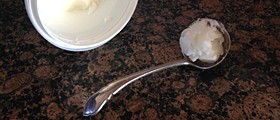
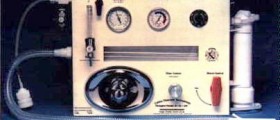


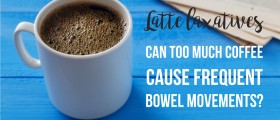

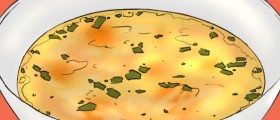

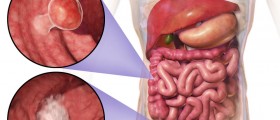

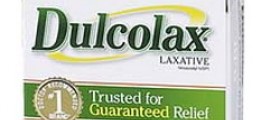
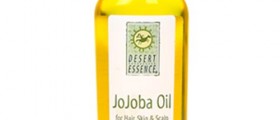
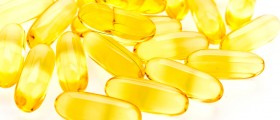
Your thoughts on this
Loading...